With the brakes bled, can move on to the clutch, fuel, then coolant.
Clutch
I bled the clutch using the normal method as the pressure system seemed overkill for what is a short line and only one bleed nipple. Get an 8mm ring spanner on the clutch bleed nipple.
Then place Sealey bleeding bottle on floor under the engine and thread the head through the various pipework to push fit on top of the clutch bleed nipple.
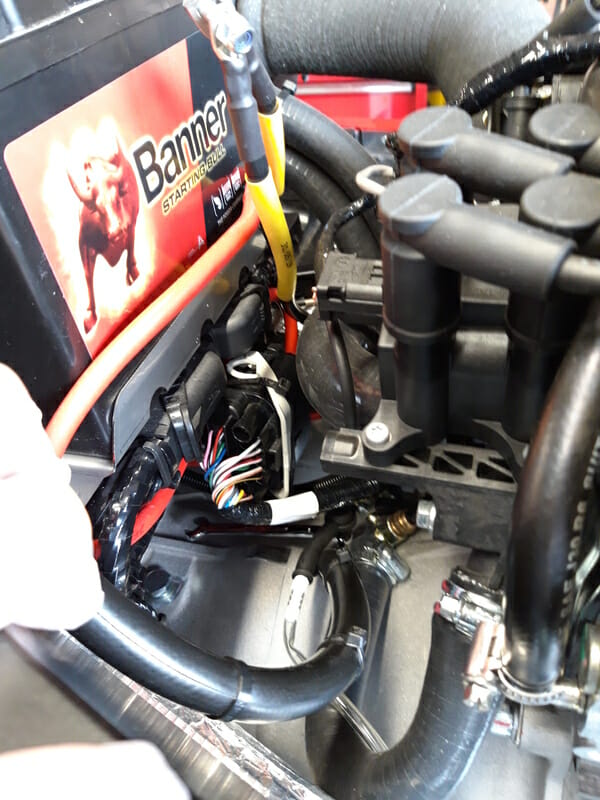
Get an assistant to sit in the car. Pour some clutch fluid into a funnel into the clutch reservoir. Open bleed nipple a quarter to half turn. Ask assistant to push clutch peddle in and out a few times, about 1 second to go down and 1 second to go up. Then ask your assistant to hold down the clutch pedal and while they are holding the pedal down, close off bleed nipple. Once closed off, they can lift off the pedal. Top up the clutch reservoir and repeat. You will notice far less bubbles on second time. Do a final top up of the reservoir.
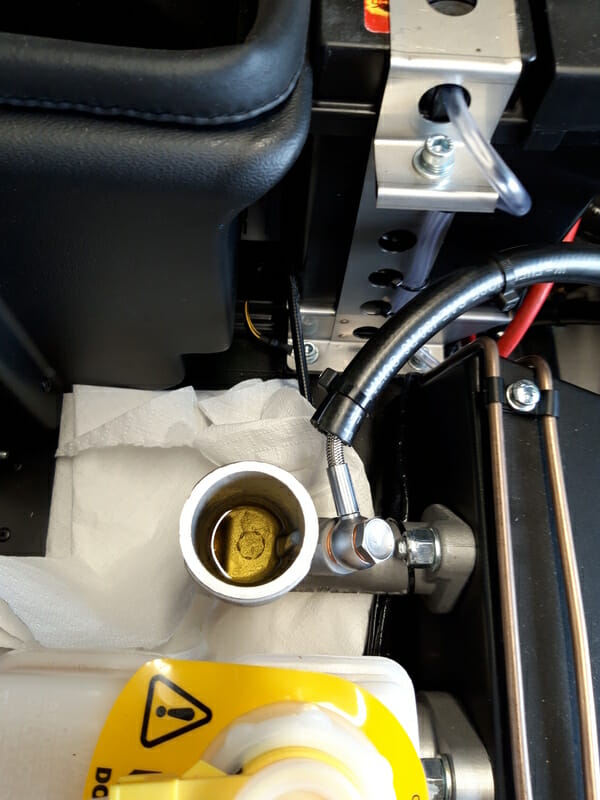
Again you want the fluid to run clear out of the bleed nipple, without bubbles, like with the brake bleed.
Fuel – 20 litres of super unleaded collected in four runs in my faithful lawnmower 5l jug!
Coolant
While not as bad as brake fluid, still treat coolant with respect so gloves and eye protection, long sleeves etc. If you get any on your, wash it off with soapy water.
Tighten all hose clips one last time, particularly on submarine. I used a quarter inch 7mm socket and tightened until it was tough to do more. Pack some tissue around each hose clip to quickly locate any leaks. The manual makes reference to mixing coolant 50/50 with water. The coolant that caterham has supplied me, and the only coolant listed on the caterham parts website, says it is ready to use and explicitly says on the instructions on the back : Do not dilute.
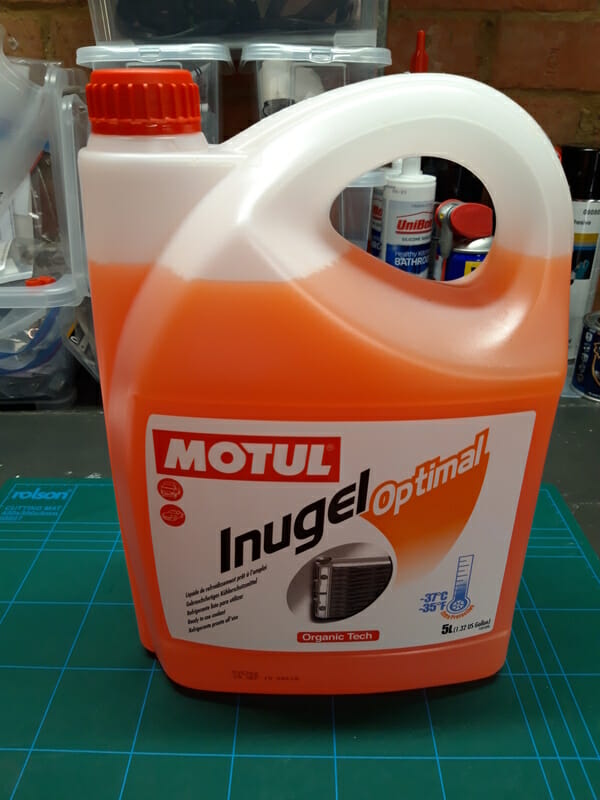
I decided to take my chances and follow the instructions on this and not dilute this any further. You may be supplied with different coolant that does need diluting.
The coolant is pumped around the engine and into the radiator where it is cooled down. The submarine is constantly measuring the temperature of this coolant and once the temperature reaches a certain level, it will send a signal to the fan on the radiator to turn on to cool the coolant.
The objective is to fill the system with as little air as possible. If you just pour coolant into the coolant reservoir at the front, then air will get trapped in other parts of the system and it will need bleeding (like bleeding radiators in your house). To minimise air, the best approach is to give some exits high in the system for this air whilst you are filling with coolant.
The radiator has a drain plug at the bottom and a bleed plug at the top, both are bolts. Make sure the drain plug at the bottom is tight, and loosen the bleed plug at the top.
If you have the heater, disconnect the top hose, and make sure the heater is on, ie pull the handle on the RHS under the steering wheel towards you.
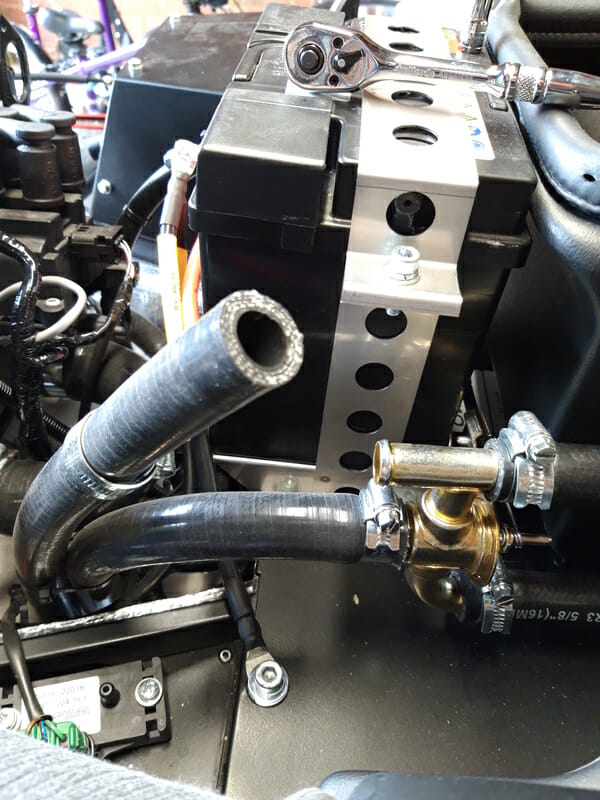
Have towels on standby and put a fair amount of towel under the submarine which can be prone to leaks (from the conning tower).
Now using a funnel, begin pouring coolant into the coolant container at the front of the car. Stop every litre of so to check all around the engine bay for any leaks. At the end, pour some coolant into the top hose from the heater inlet – not too much as it will travel back to reservoir.
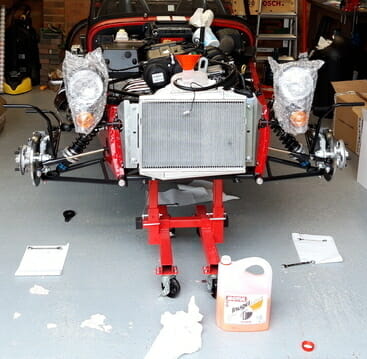
My 310R took around 4 – 4.5 litres of coolant. I got it towards the max line on the reservoir, as I figured air should get circulated around the system when I run the engine
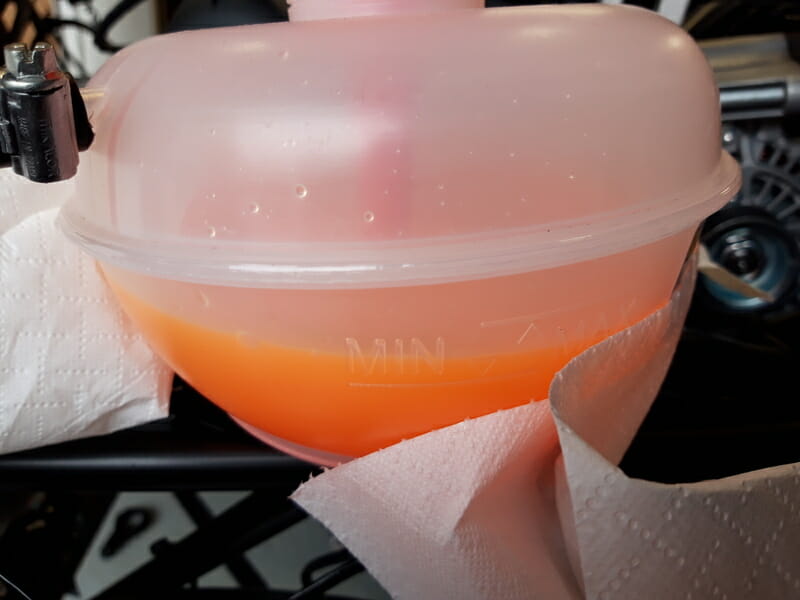
Once you have filled up, make sure you tighten the bleed valve on the top of the radiator.
This is not perfect – there will still be some air in the system, but this will hopefully get circulated back to the main chamber or radiator where you can bleed it off. There should be far less air than if you didnt open these exits for the air.
Now leave it for a while to observe for any leaks.
Make sure the fan is connected to the wiring loom
Final check oil using dipstick. Last time I used a dip stick was when I was a kid and my Dad taught me. Pull dipstick out and wipe clean. Push all the way back in. Pull dipstick out again. Look for two notches at the bottom of the dipstick. The oil should come close to the top notch on the dipstick.